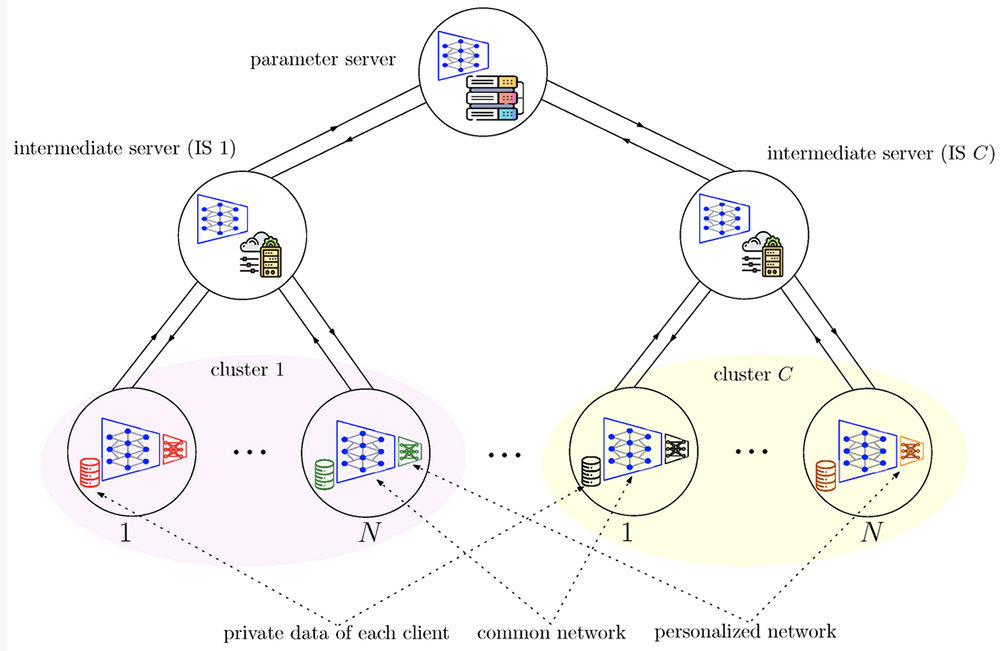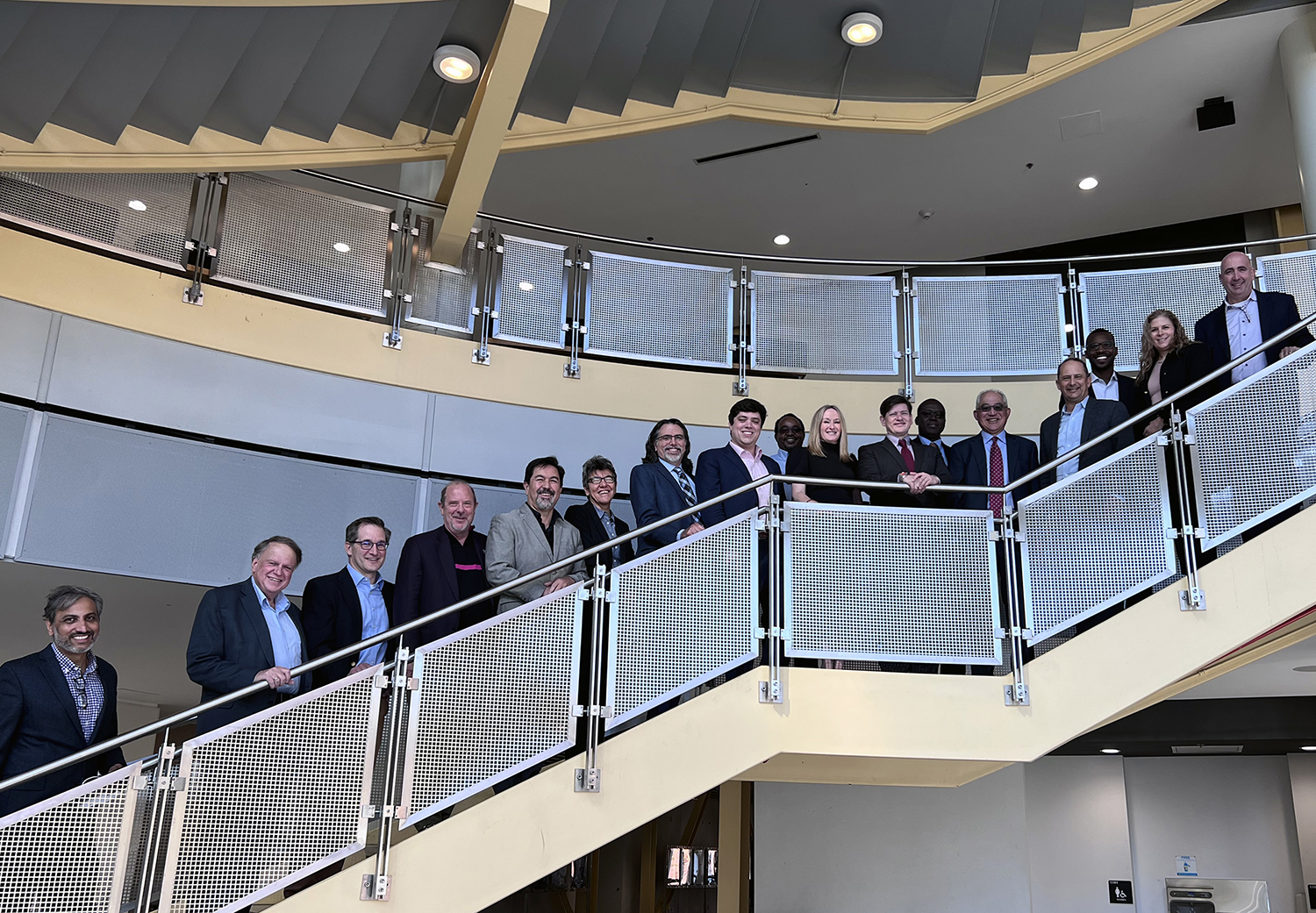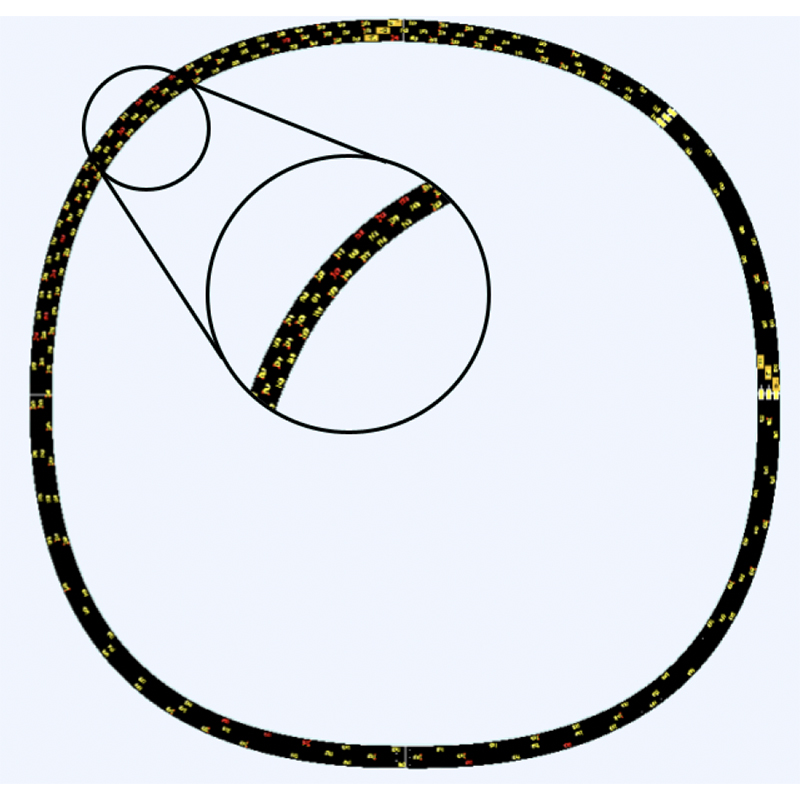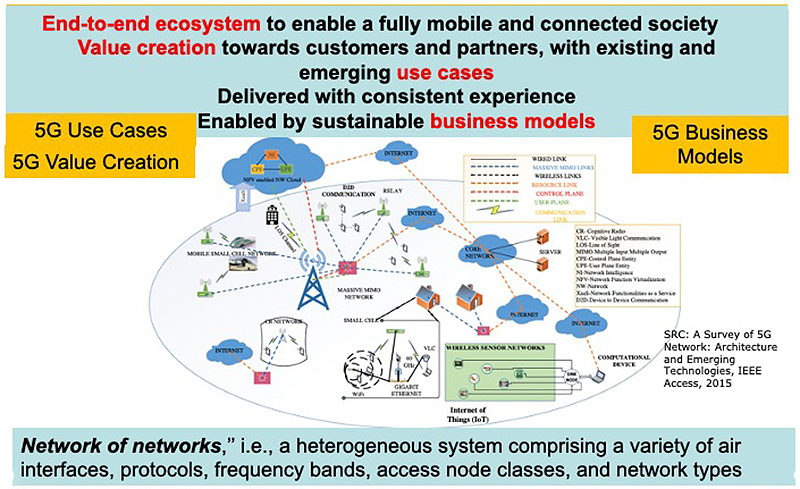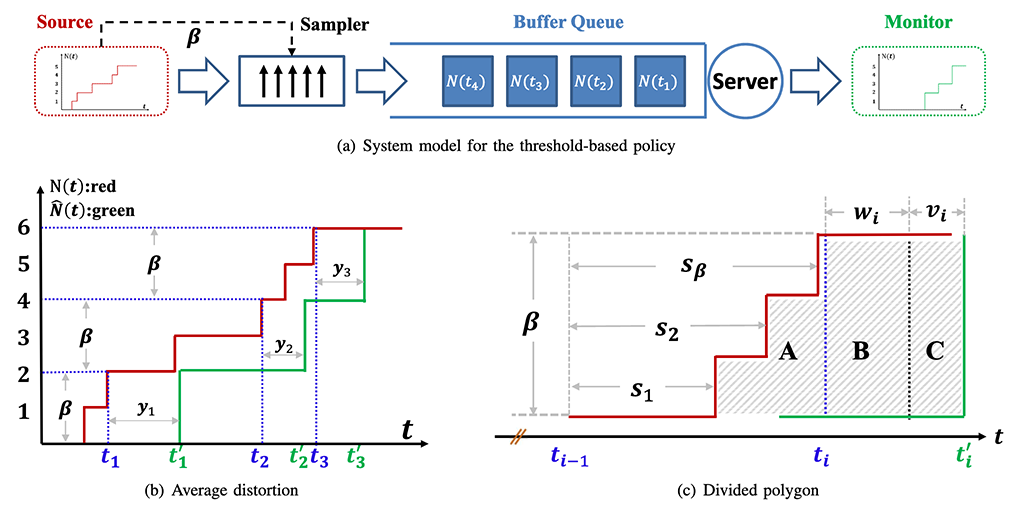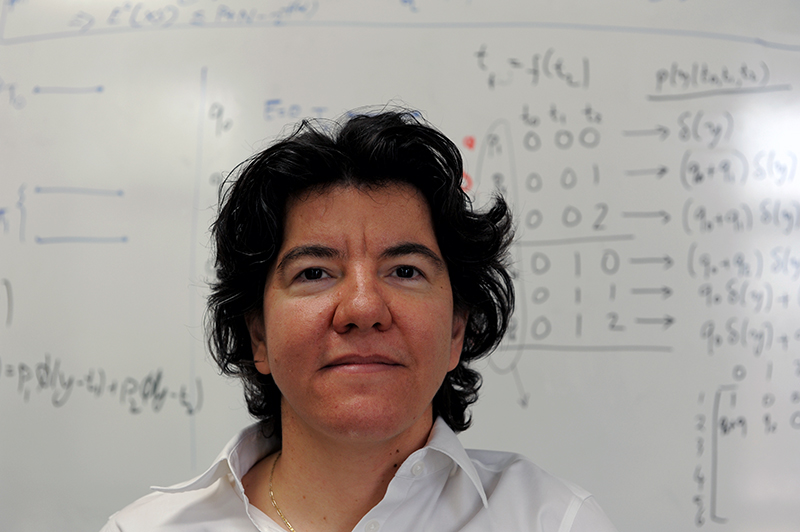News Story
Work on RIS-aided mmWave beamforming named a ‘best paper’

The next generation of wireless communication systems aims to address the ever‑increasing demand for high throughput, low latency, better quality of service, and ubiquitous coverage. While the abundance of bandwidth available at the mmWave frequency range is considered a key to realizing next-generation wireless promises, mmWave suffers from high path loss and poor scattering and diffraction, and is vulnerable to shadowing, blockages and blind spots, especially in urban areas.
Beam‑forming employing massive MIMO is primarily used to address the high attenuation in the mmWave channel. In addition to beamforming, relaying can potentially be designed to generate constructive superposition and enhance the received signals at the receiving nodes. Equipping MIMO communication systems by Reconfigurable Intelligent Surfaces (RIS) may extend the capacity of mmWave by covering the blind spots and providing diversity reception at the receiving nodes.
New work by ECE PhD student Nariman Torkzaban, Mohammad Amir Khojastepour (NEC Laboratories, America Inc.), Mohammad Farajzadeh-Tehrani (University of Iowa), and Torkzaban’s advisor, Distinguished University Professor John Baras (ECE/ISR) addresses this challenge. Their concept, called “multi‑beamforming,” addresses the design of beams consisting of multiple disjoint lobes to cover different blind spots using sharp, high gain, and effective beam patterns.
A paper detailing the researchers’ results has been published in the ITU Journal on Future and Evolving Technologies (ITU J-FET)special issue on Intelligent surfaces and their applications towards wide-scale deployment. It has been honored with one of three best paper awards given by the special issue’s editorial board. ITU is the International Telecommunication Union, the United Nations specialized agency for information and communication technologies.
RIS-aided mmWave beam-forming for two-way communications of multiple pairs considers a communication scenario between a transmitter, e.g., the Base Station (BS), and terrestrial end users through a passive RIS that reflects the received signal from the transmitter towards the users. Hence, the users that are otherwise in blind spots of network coverage become capable of communicating with the base station through the RIS that is serving as a passive reflector (passive relay) maintaining communication links between the BS and the users. Given the geospatial variance among the locations of the end users served by the same wireless system, the RIS may have to simultaneously accommodate users that lie in different angular intervals that are widely separated with a satisfactory Quality of Service (QoS).
The authors’ novel RIS architecture—RIS‑UPA—arranges the RIS elements in a Uniform Planar Array (UPA). The paper shows how RIS‑UPA can be used in an RIS‑aided MIMO system to fill the coverage gap in mmWave by forming beams of a custom footprint, with optimized main lobe gain, minimum leakage, and fairly sharp edges. The authors also propose a configuration for RIS‑UPA that can support multiple two‑way communication pairs, simultaneously. They theoretically obtain closed‑form low‑complexity solutions and validate their theoretical findings by extensive numerical experiments.
Nariman Torkzaban’s forthcoming dissertation is on "Design and Optimization of 5G and Beyond Hybrid Communications Systems."
Published April 10, 2023
